In Jordan Springs, a suburb on the western tip of Sydney’s suburbs, solar company Solar Energy Enterprises has spent the last year retrofitting 90 rooftops with solar systems, and another 64 up the East coast of Sydney. The rooftops belong to not-for-profit community housing developer BlueCHP and house low income families and Australians with disabilities.
A long time in the making, the solar systems are set to be energised by mid-October, offering tenants access to affordable green electricity as prices, and the cost of living generally, continues to surge.
The houses are part of the Community Solar Program pilot from partners BlueCHP and Solar Energy Enterprises. Their hope is once the pilot is complete, they’ll have a proven model they can use to deliver solar to low income households at scale.
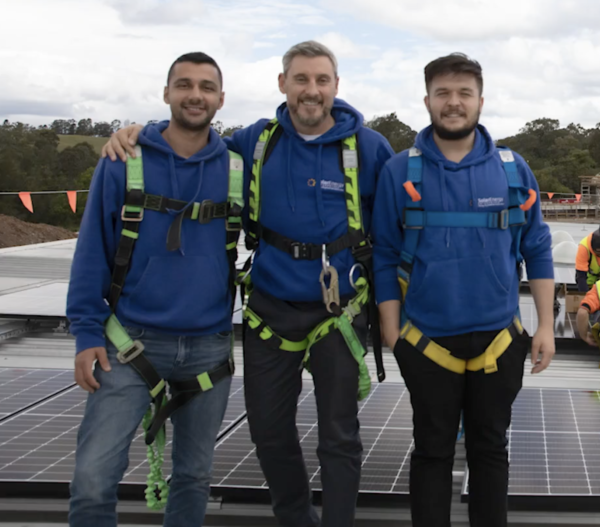
Image: Solar Energy Enterprises
The core concept is investment funds will pay for the initial solar system installation and then recover those costs over time through a solar power purchasing agreement or PPA with the households.
The PPAs will be designed to offer tenants significantly cheaper electricity than they could buy from the grid, while still leaving enough of a profit margin to recover the initial investment.
“It’s the PPA element which makes this work at scale,” Solar Energy Enterprises’ CEO Adam Dragic tells pv magazine Australia.
Essentially, it is a very similar model to that already successfully deployed in solar’s C&I sector – which, like community and disability housing, caters primarily to customers on leases. The main difference is this endeavour will involve smaller deals across a far greater number of customers.
The pilot models over a period of eight years the investor will get a return of between 5% to 6% on the initial investment – enough, the partners hope, to attract capital for a much broader rollout of the scheme.
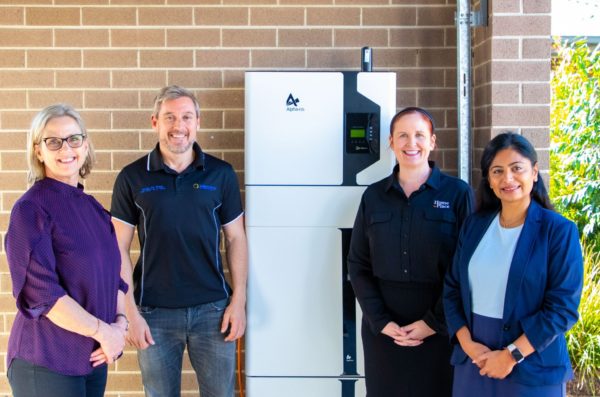
Image: Solar Energy Enterprises
With over 800 houses in BlueCHP’s portfolio, there is clear scope to scale, though BlueCHP CEO Charles Northcote has a bigger vision. “If you took the whole social housing market, there are likely over 400,000 properties so it provides a steppingstone for people to look at examples of ways we can do this as a pathway forward.”
“Other community housing companies have seen what we’re doing and are doing that now, so that’s starting,” Northcote adds.
“The longer term model of what we’re trying to do is use all the technology that will come from smart stuff on the grid.” The CEO wants to eventually integrate virtual energy sharing into the program, which is why he chose the portfolio of clustered of housing at Jordan Springs as the program’s starting location.
“There’s going to be more battery power, there’s going to be a whole raft. This is just the first major step on a pathway to go forward,” he says.
The pilot’s tumultuous take off
Discussions about the $1 million pilot began back in 2019, but its execution was delayed by a raft of things from Covid to floods, and cost significantly more than first expected. “But it gives us a good idea of what disruption can do, and what can happen and how we’re going to have to manage that,” Northcote says.
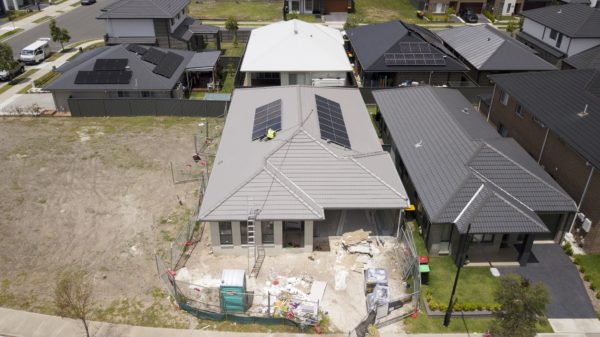
Image: Solar Energy Enterprises
While the concept rests on third party investors, Dragic says initial discussions with four fund providers were unable to deliver on the pilot’s budgeted plans. So to make project happen, “BlueCHP just said, ‘right, we’ll put the money in and invest on the project,’” Northcote adds.
In other words, BlueCHP has funded the pilot – though its planning future installations will get off the ground by other means.
The nitty gritty
The solar systems installed on the rooftops vary in size, with 2 kW and 6.6 kW systems on the 90 community houses. For the 64 disability homes, which generally house around five people as well as care staff on shifts, the systems range from 6.6 kW, 10 kW and 13 kW.
In terms of the PPAs, the current rate for the households is 15c/kWh. Solar Energy Enterprises is currently in the final stages of installing monitoring systems to accurately calculate the amount of solar each household uses for billing and to provide oversight on solar self consumption.The households will then receive two bills for their electricity – one from their chosen grid provider, and another in the form of a PPA for their solar usage.
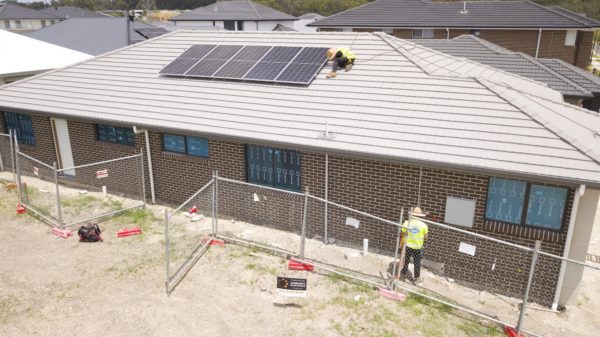
So far, the disability homes have proven easier to coordinate in terms of finalising the PPAs since the 66 houses are managed by just six Supported Independent Living (SIL) providers. The houses are also staffed around the clock through the government’s National Disability Insurance Scheme, better known as the NDIS, meaning staff take care of the bills.
All of the disability homes have been onboarded to the pilot, but finalising the program for the individual community houses is proving more laborious. The two bill system here is probably less than ideal here, with Solar Energy Enterprises literally door knocking to explain the system.
“No one has attempted this, so the hurdles we have had to overcome are worthwhile to solve this for the long run” Dragic says.
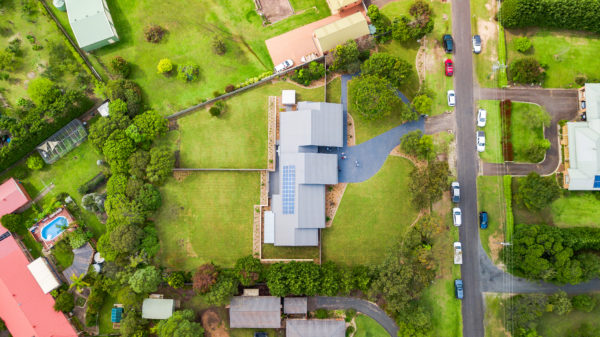
For partner Northcote, who has a background in manufacturing, this process is just par for the course in figuring out the program. “We’ve got to learn,” he says.
“One of the things that gets forgotten is the education program and that’s probably the thing we will continually have to keep working with people on until the generations are used to it.”
While integrating energy management technology is still a while off for the program, he says such tools could help households best use and understand their rooftop energy.
Battery storage
As part of the pilot, two homes have also been fitted with Alpha ESS batteries, and the partners are hoping to install another 10 batteries. The aim here is to test what impacts added storage has for the households and the value difference of the comprehensive system.
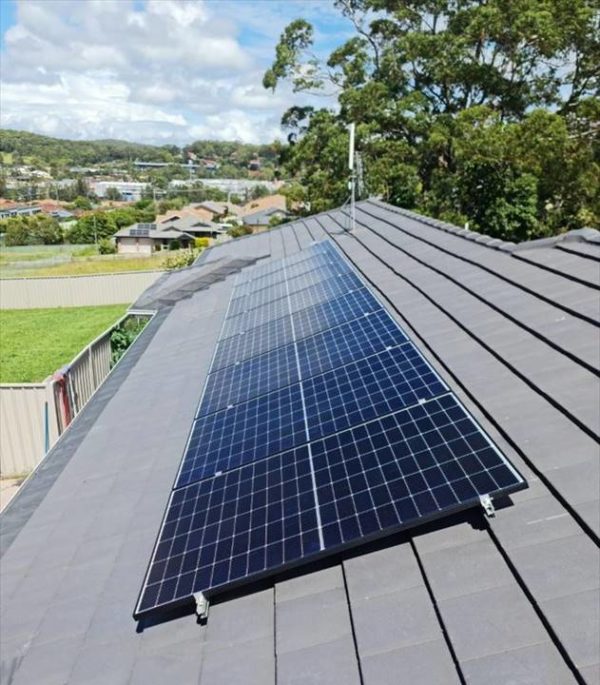
Virtual power sharing
Again, virtual power sharing in the program is still a ways off – but it is something Dragic is particularly excited about.
Virtual energy sharing is basically where solar energy generated on rooftops can be passed between interlinked houses based on their moment to moment demands. In other words, it allows neighbours to share their solar and boost the amount of energy they can access. So, for instance, one house, running their washing machine and oven at 12pm could have their full load covered by their neighbour who, putting on their oven at 3pm, could enjoy the same.
While this type of technology holds much potential, finding ways to use the electricity network’s infrastructure without paying grid charges remains a hurdle today.
This content is protected by copyright and may not be reused. If you want to cooperate with us and would like to reuse some of our content, please contact: editors@pv-magazine.com.
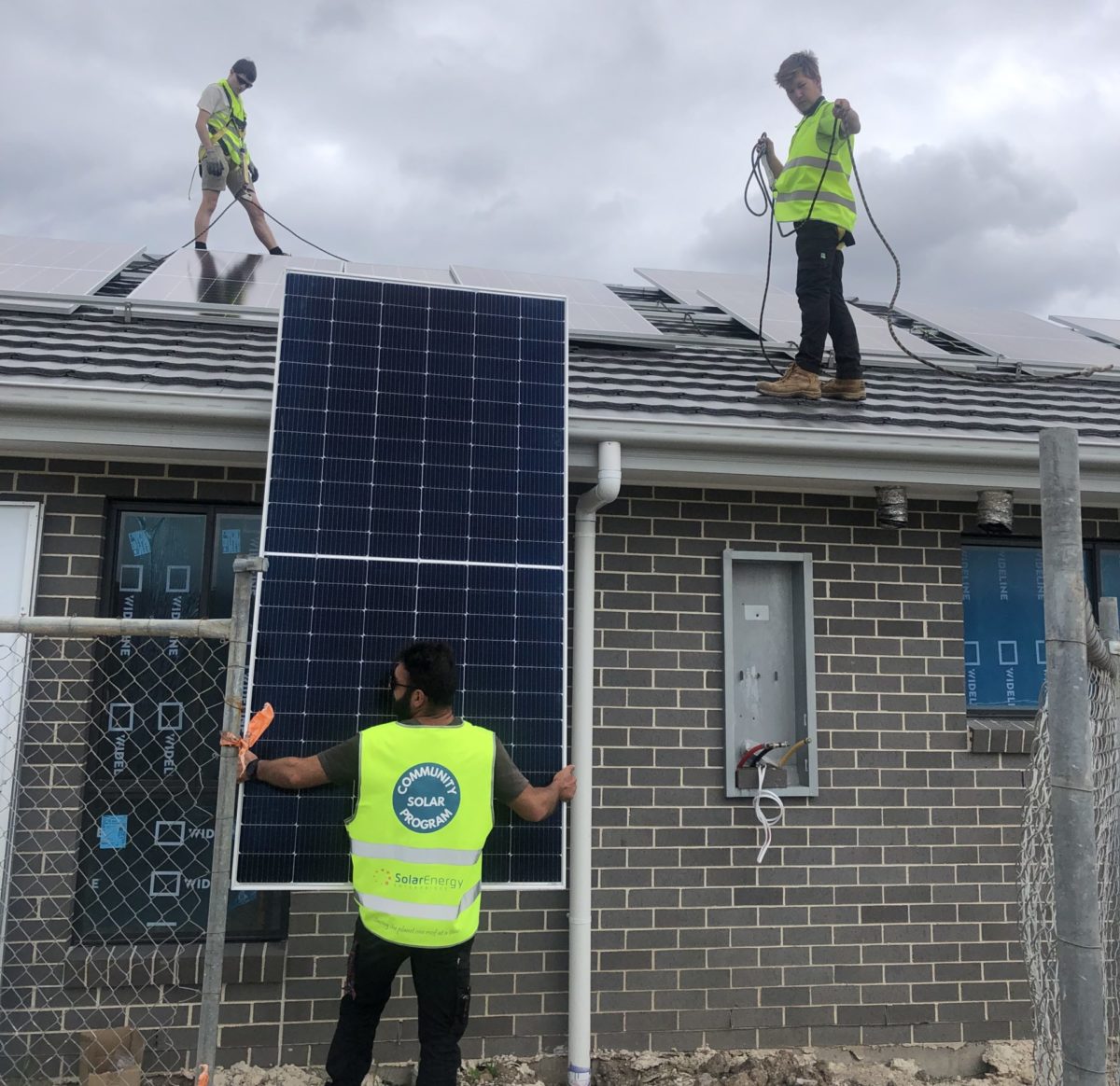








1 comment
By submitting this form you agree to pv magazine using your data for the purposes of publishing your comment.
Your personal data will only be disclosed or otherwise transmitted to third parties for the purposes of spam filtering or if this is necessary for technical maintenance of the website. Any other transfer to third parties will not take place unless this is justified on the basis of applicable data protection regulations or if pv magazine is legally obliged to do so.
You may revoke this consent at any time with effect for the future, in which case your personal data will be deleted immediately. Otherwise, your data will be deleted if pv magazine has processed your request or the purpose of data storage is fulfilled.
Further information on data privacy can be found in our Data Protection Policy.